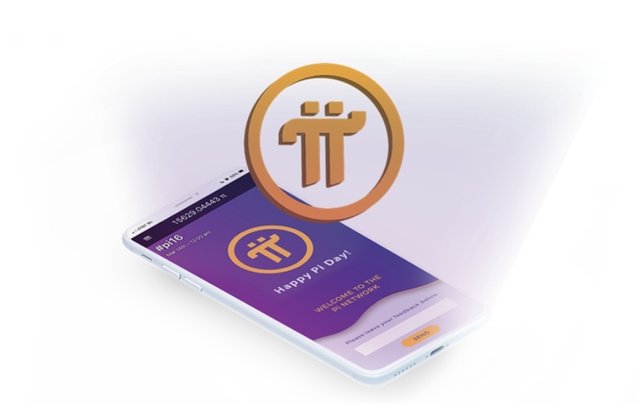
For the Beta stage of the project, the mobile application simulates the mining system which will be properly launched when the mainnet is fully functional. The mobile application users take part in block validation and receive rewards in Pi cryptocurrency.
When active, miners on the mobile app connect to one or more nodes. When connected, mobile miners inquire if the transaction has been recorded on the ledger. They also get the most recent block number and the hash value of that block.
Rewards for mining the block are distributed to the node owners and the mobile miners.
Consensus Algorithm
Pi network runs the Stellar Consensus protocol (SCP). SCP was developed by David Mazières, Chief scientist at Stellar Development Foundation for the Stellar blockchain. It uses a novel mechanism called Federated Byzantine Agreements to ensure that updates to a distributed ledger are accurate and trustworthy.
The SCP protocol employs a real voting system. Nodes on the network vote on the validity of a block and the next block to be mined. A block is only mined when a majority of the nodes agree that it should be mined next and also confirm its validity. The nodes that participate in this consensus are elected by the creator of the system. The SCP is energy-friendly but is criticized for being centralized.
Tokenomics and Reward System
Pi coin is the native token of the Pi network. Users on the Pi network earn Pi coins through mining. Holders can use their Pi coins to pay transaction fees and also perform transactions on applications and marketplaces built in the Pi ecosystem. Pi coin supply system is guided by activities on the network and distributed solely as user rewards.
There was no official pre-mine but users who participated in the beta mining program can port their tokens to the mainnet. Unlike many other cryptocurrencies, it doesn’t have a fixed total supply.
Each user that joins the Pi network (by creating a Pi account) and is allocated a pre-determined number of Pi coins. This allocated amount is mined over time. That is, the user can only mine this allocated number of tokens throughout their lifetime. This allocation is made only to the first 100 million users on the Pi network. A reward system also exists for users who refer new members to the Pi cryptocurrency project.
The Pi coin mining protocol mints an extra Pi coin for every coin minted for a member or referral reward. This extra coin is reserved for compensating developers on the network. The total Pi coin supply is a sum of the member, referral, and developer reward.
Governance Model
Pi network operates a ‘Semi-DAO’ governance model. In contrast to the widely known decentralized governance system, Pi network adopts a governance system that keeps a central team in charge while the community forms a strong force that contributes to the project’s decision-making. The governance model system varies; a two-phase plan that depends on the number of active network users. If the number of active users on the Pi network is less than five million, the team directly solicits inputs from the general community on proposals. Through the project’s forum built on the mobile mining application and other engagement media, the project team opens up conversations with the community. Inputs from the rest of the community are considered before making the final decision. The team ultimately decides the next line of action. As the community grows and exceeds five million active participants, the second phase of the governance system is employed. The team sets up a committee consisting of known contributors from the community. The Committee is in charge of developing proposals and organizing community contributions. The Pi network forum is still open to contributions from the community. The committee proceeds to make a final decision using contributions from the community members.
Testnet and Mainnet System
Pi network was launched as a research project and operated its Beta phase as early as 2018. The Testnet was launched about two years later and allowed developers on the Pi network to test certain features before they were finally deployed on the mainnet.
After much anticipation, Pi network launched its mainnet in the last quarter of 2021. The mainnet provides a platform for pioneers to create a proper wallet and port their mined Pi cryptocurrency to their wallet and perform peer-to-peer transactions.
The mainnet migration features a KYC verification process and a list of to-dos that qualifies users to own and operate a proper wallet.